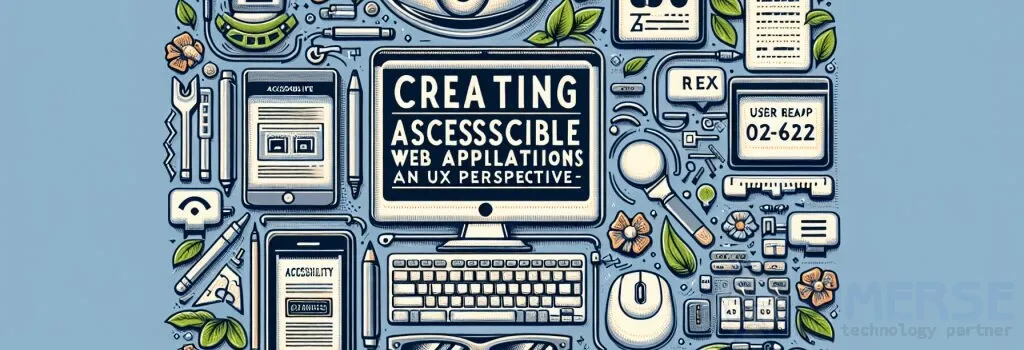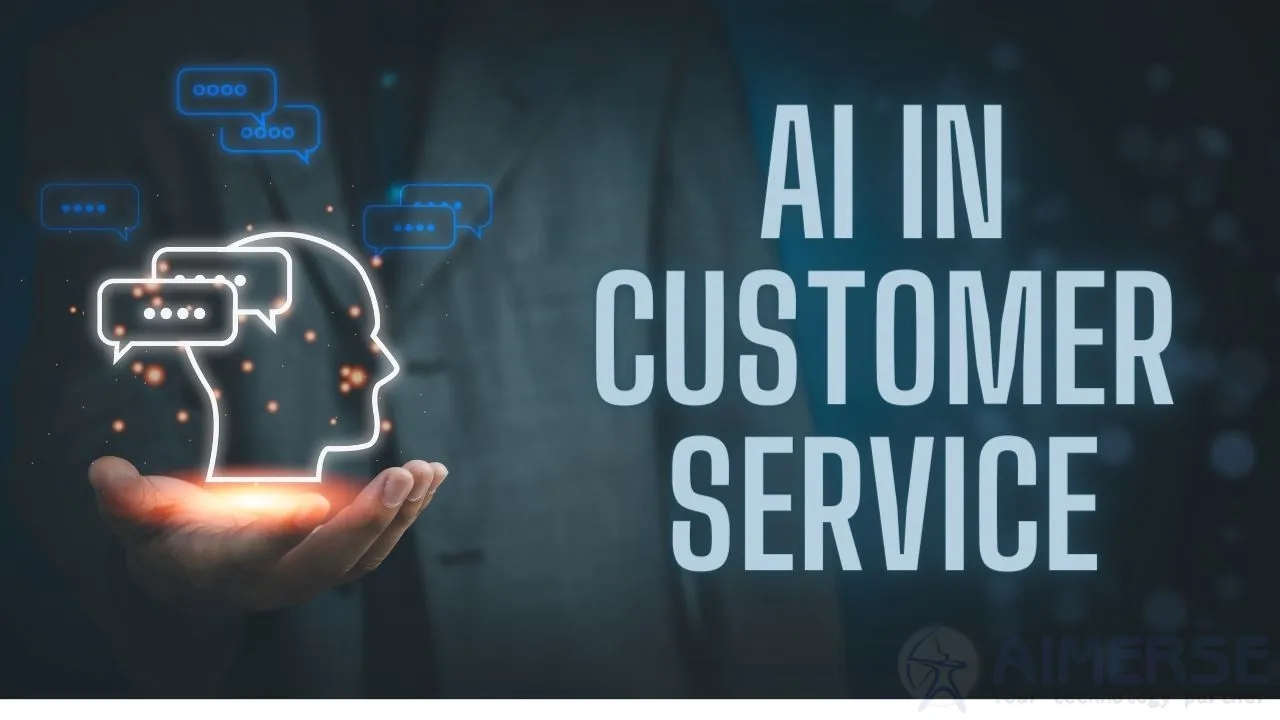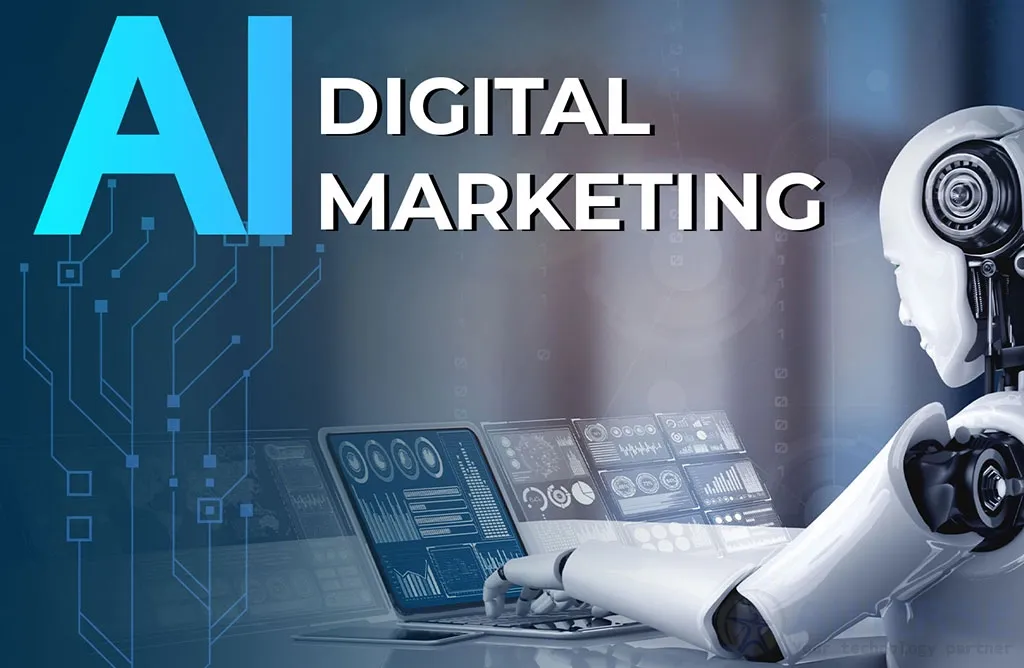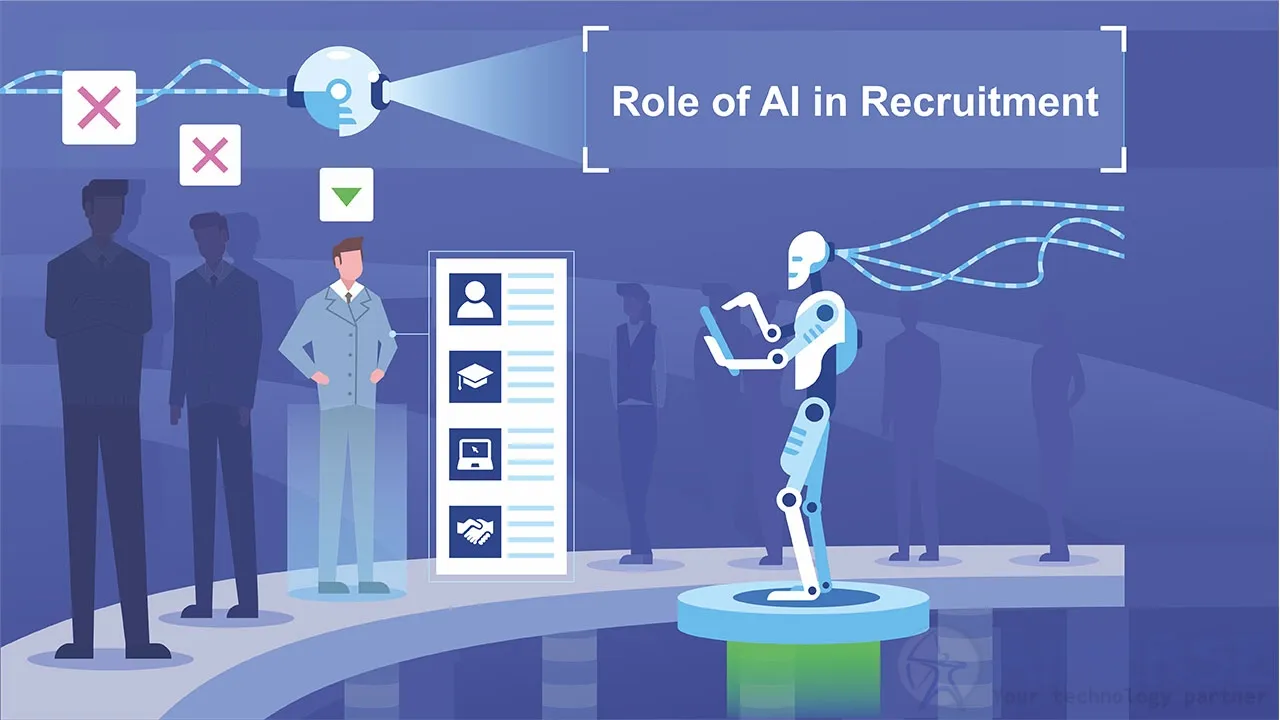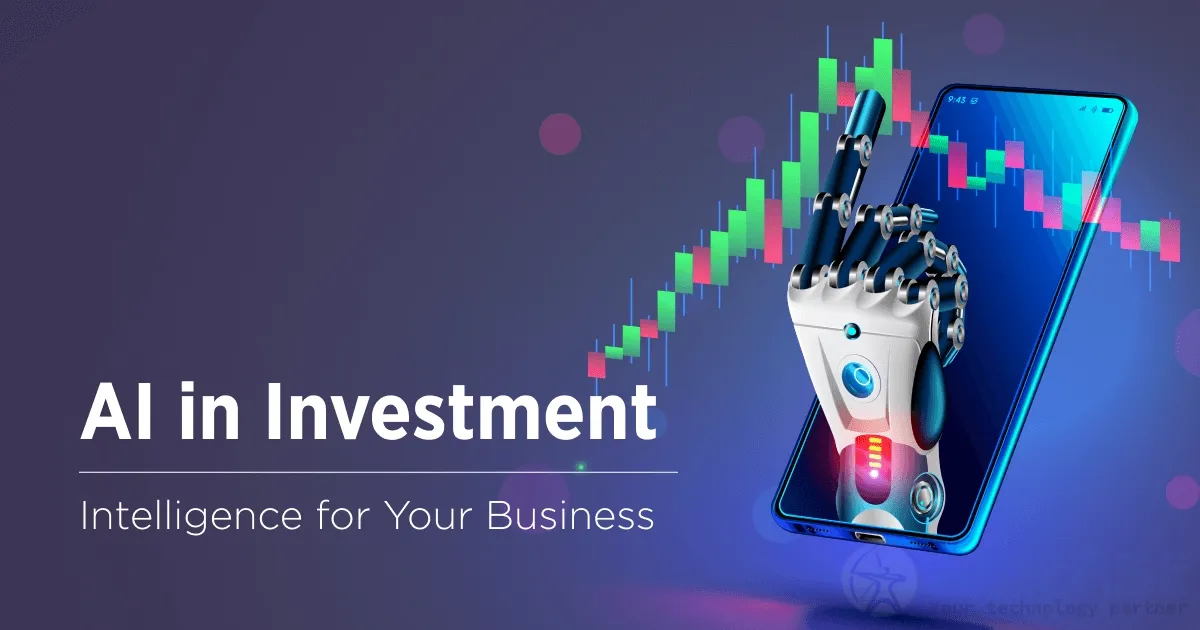Developing Accessible Applications: Meeting Diverse User Needs.
In the recent digital age, creating software that satisfies multiple users with vast diversity in their needs is more than just the law. Building applications that respond to various abilities or preferences always stands as a moral challenge to developers regarding making the process more inclusive as well as enhanced for everyone else.
Knowing Accessibility
Accessibility in software development is the process of designing applications that can be used by people with a wide range of abilities and disabilities. This includes people with visual, auditory, motor, and cognitive impairments. Following accessibility guidelines helps developers remove barriers that might prevent users from interacting with their applications effectively.
Key Strategies for Developing Accessible Applications
-
Provide Sufficient Contrast Between Foreground and Background
- Ensure that text and interactive elements have a high contrast ratio compared to their backgrounds. This helps in readability for users having various forms of visual impairments.
-
Ensure Keyboard Accessibility
- Design applications so that all functionalities are accessible via keyboard navigation. Most importantly, it is critical for users who cannot use a mouse or other pointing devices.
-
Use Descriptive Alternative Text for Images
- Alternative text should be given to images, and the same information that images carry should be relayed to screen readers, making sure all visual information available is accessible to those with poor vision.
-
Give Clear and Consistent Navigation
- Make sure navigation is uniform in its layout and structure throughout the application. Predictive navigation allows a person, especially with cognitive impairments, to easily locate information.
-
Provide Alternatives to Text and Non-Text Content
- Make sure that all non-text content has alternative text, equivalent, or some form of transcript, or caption. The latter helps in supporting users who are deaf as well as others who rely on the screen reader functionality.
-
Designing for Viewports
- Develop adaptability in designing to fit several viewport sizes as well as the different orientations. Thus, it considers users with any kind of preferred device and device orientation.
Accessibility Testing
Regular testing is important to ensure that applications meet accessibility standards. Use tools such as the Accessibility Scanner to identify and address potential issues during development.
Conclusion
Accessible application development is crucial for creating inclusive digital experiences. With these strategies, developers can meet the diverse needs of users and ensure that their applications are usable by everyone.
At Aimerse Technologies, We have customized software solutions here, but we work with various technologies under their umbrella: React.js, Node.js, Python Django, Laravel, and Java Spring Boot. We are aiming to make it accessible so that applications are going to be user-friendly and up-to-date standards compliant.
